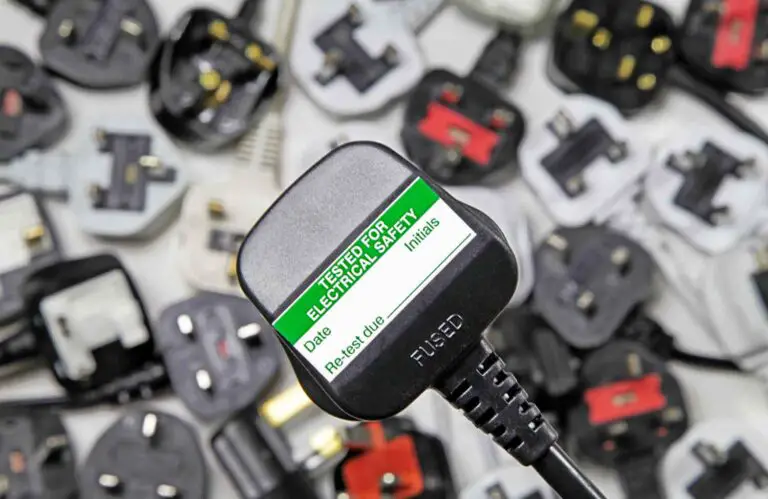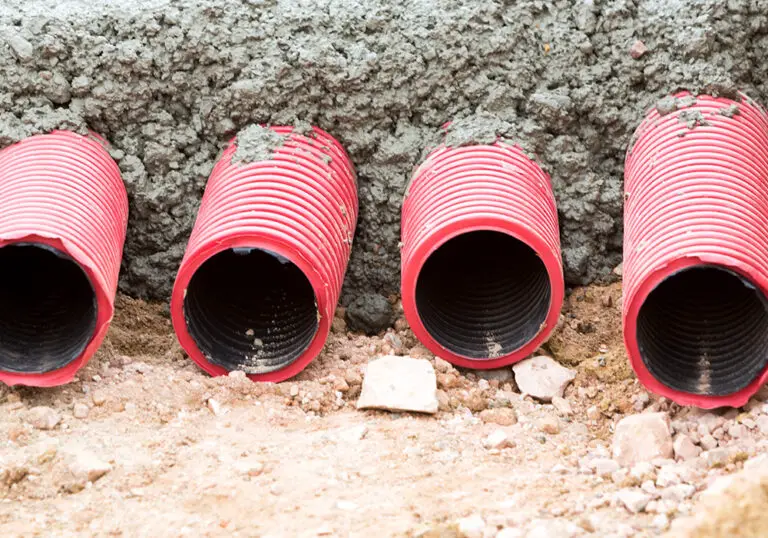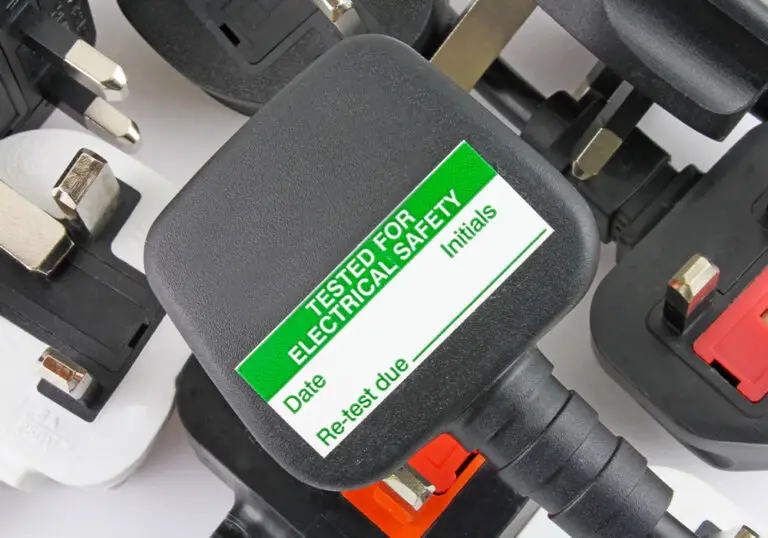What’s the Difference Between Bonding, Grounding, and Earthing?
Bonding, grounding, and earthing are three terms often confused with each other. While bonding is more of a distinguishable term, grounding and earthing both refer to similar concepts with the same end goal. Understanding the difference between the terms is key when ensuring the safety of your properties’ electrical system and appliances.
Bonding is its own term, referring to the process of making a low impedance fault loop path by connecting two metallic parts with a PE cable. Grounding and earthing are essentially interchangeable terms; they both refer to processes of connecting a metal part to the earth.
What’s the Difference Between Bonding, Grounding, and Earthing?
From a generalised perspective, bonding, grounding, and earthing are all activities with the same ultimate goal. These activities are necessary to ensure the safe operation of electrical appliances, reducing the risk of electric shocks to users. Bonding is a relatively definitive term, whereas grounding and earthing can be harder to distinguish.
In summary, the differences between bonding, grounding, and earthing are as follows:
- Bonding: Process of connecting two conductors that shouldn’t carry current during normal operations to equalise their electrical potential.
- Grounding (US): Process of connecting the live part of an electrical system that should carry current during normal operations to the ground.
- Earthing (UK): Process of connecting the dead part of an electrical system that shouldn’t carry current during normal operations to the ground.

In the following sections, we go into a more detailed explanation of each of these terms and their differences.
What is Bonding?
Bonding is the process of connecting two electrical conductors between particular metallic parts of an electrical installation. The goal with bonding is to prevent electric shocks and surges by equalising the electrical potential between the two bonded bodies.
When done correctly, bonding involves connecting the metal parts of two conductors that shouldn’t carry current during normal operations. This could involve connecting two wires, two pieces of equipment, or a wire and a pipe. The bonding process ensures that the two bonded parts are at the same electrical potential; i.e., electricity won’t be able to build up in one conductive body or two different conductive bodies. This prevents current from flowing between the two bodies as they’re both at the same electrical potential.
To explain further, bonding two conductors together creates what’s known as a ‘low impedance path’ back to the electrical source. This forces a large current to flow to the breaker in the case of an electrical fault. The breaker trips, thus terminating the fault before it channels a surge of power to the equipment or user. If a person touches two unbonded pieces of equipment with different voltages, they become the equaliser; they then receive an electric shock due to the energy buildup at either end from the potential differences between the conductors. Bonding instead equalises the current between the two pieces of equipment, preventing electric shocks to the user.
Bonding is therefore an essential element of creating a safe electrical system for the people, animals, equipment, devices, and other installations it affects. However, take note that bonding alone is not enough to protect users and equipment from electrical surges. For bonding to work, one of the bodies in the bonded system must also be grounded or earthed. We explain what these other terms mean in the following sections.
What is Grounding?
Grounding is the process of connecting to the earth the live parts of an electrical system that carry current during normal operation. This provides the electric current with a suitable return path from the equipment to the source. Differing slightly to earthing, grounding is the standard practice and terminology most commonly used in the US and Canada.
It’s important to understand the basics of electrics before looking at how grounding works. In an electrical system, electricity flows in currents of electrons through the system’s metal wiring. This current flows in two forms, being either a positive or negative charge; the negative charge is what’s known as the ‘hot’ current. The negative charge typically flows through the black ‘hot’ wires in the system, while the positive travels through the white ‘neutral’ wires.
Under normal circumstances, the electricity in a system seeks the ground to equalise itself; it discharges its negative current into the ground through the neutral wires. If the electricity doesn’t have a suitable path to the ground, it ends up in other places in the system. It could flow through the framing of equipment, through metal pipes, or through other unwanted materials in its environment. This is a dangerous situation as it creates a high risk of fires and electric shocks. For instance, anyone who comes into contact with the electrified surface will get an electric shock; the current would flow through them to the earth, causing a severe or potentially fatal shock.
Grounding is the practice used to prevent this potential electrical hazard from arising. The grounding process involves connecting the current-carrying part of an electrical appliance to the ground. Of the main live wire that powers the appliance, a portion is placed beneath the ground. This provides a direct path for excess electrical current to flow safely to the earth away from the equipment.
What is Earthing?
Earthing is the process of connecting the dead parts of an electrical system that do not normally carry current to the earth. Again, this is necessary to provide excess electrical current with a safe return path away from the system. Earthing is the term and technique most commonly used in the UK and EU.
As per our explanation in the previous section, earthing works in the same way as grounding to protect an electrical system. The goal with earthing is also to provide a path for electricity to flow from equipment to the ground. However, earthing differs very slightly from grounding in its technique to protect the system; it involves connecting the non-current carrying parts to the ground rather than those intended to carry current.
With earthing, an electrode or earth conductor connects the external body or ‘dead’ part of the equipment to the ground. The connection allows the equipment to discharge excess electricity safely away from its body. This process differs from grounding which involves connecting the live part of the system to the ground; however, both practices ultimately have the same effect in protecting the systems and users from shocks and fires.




